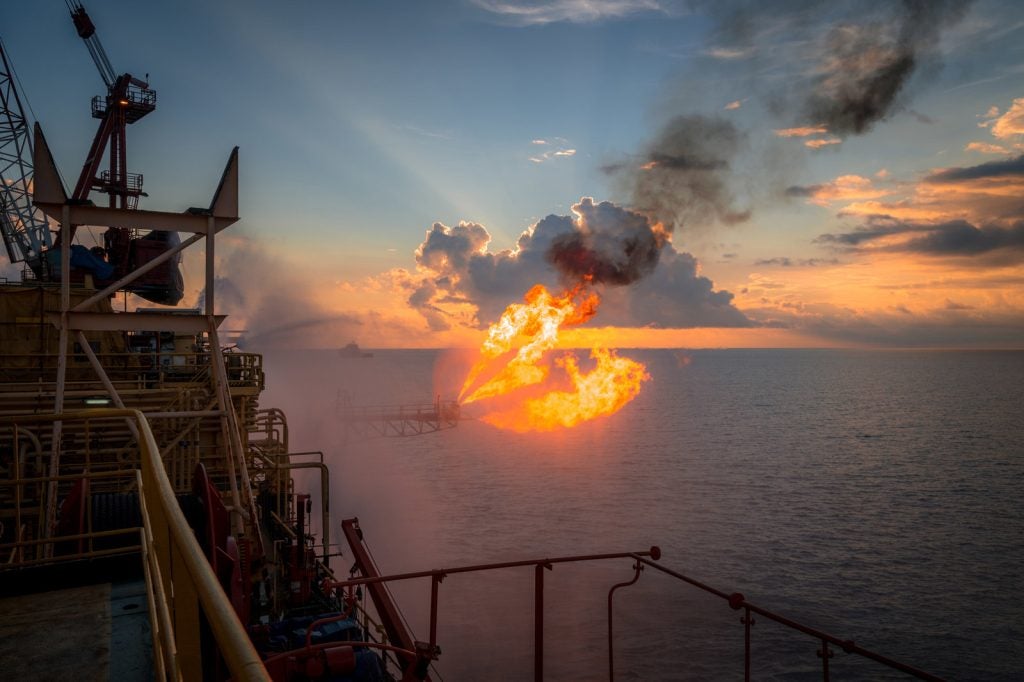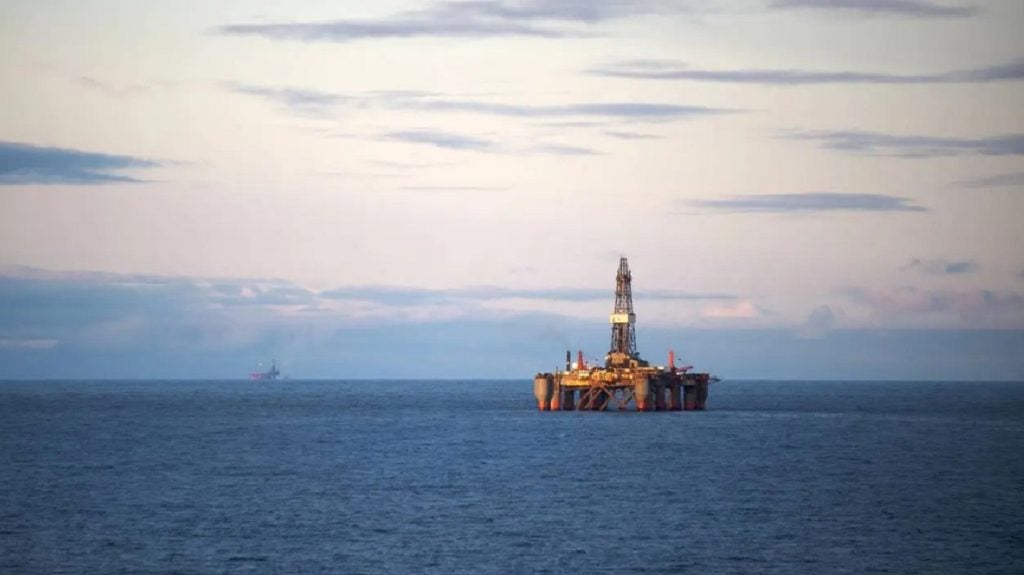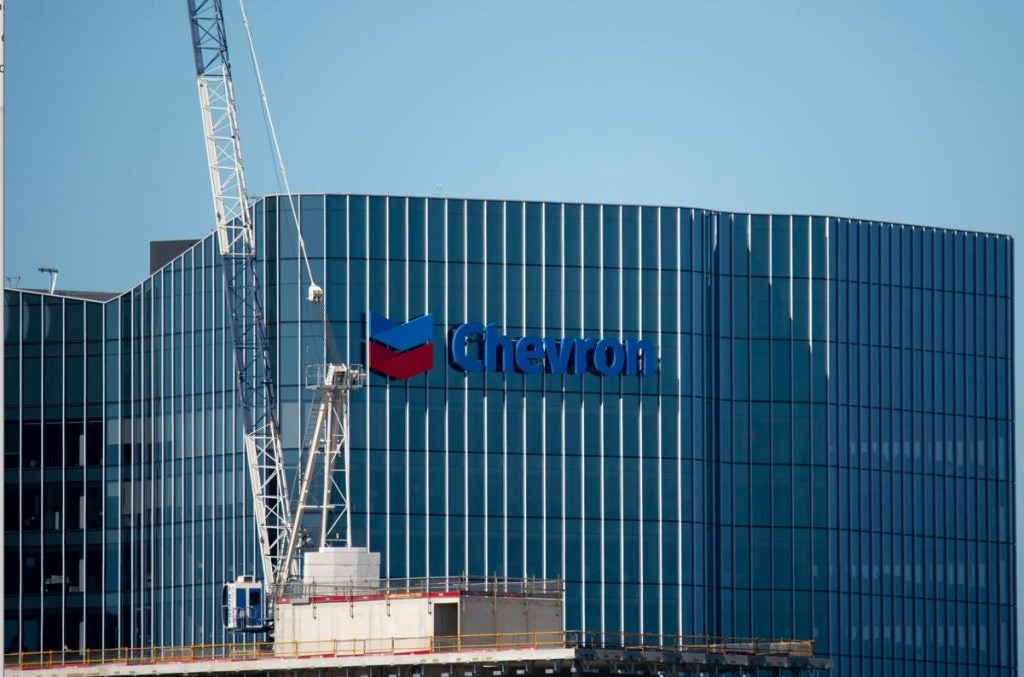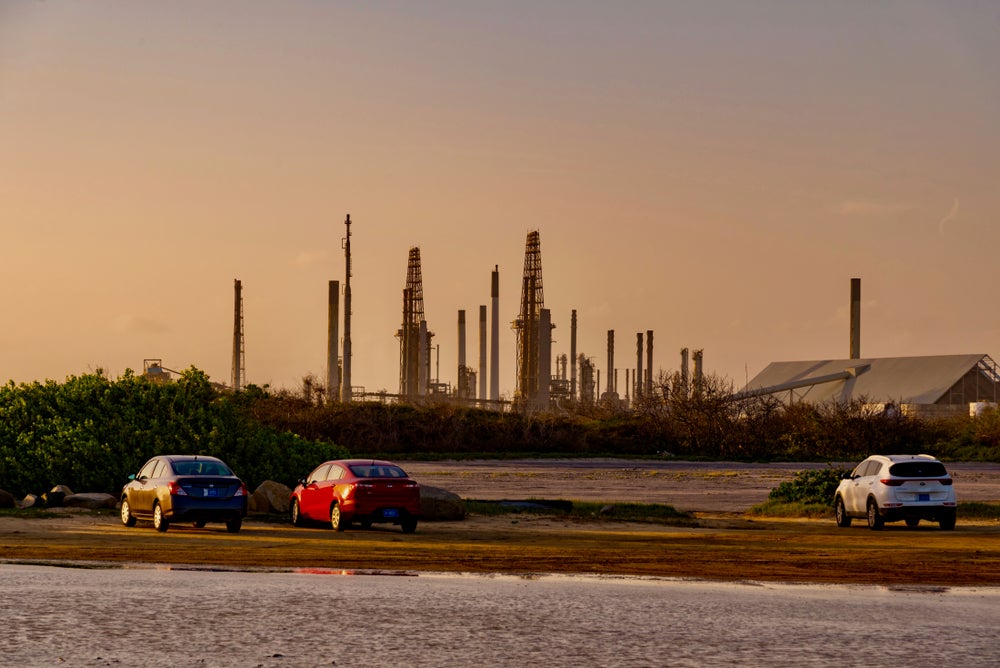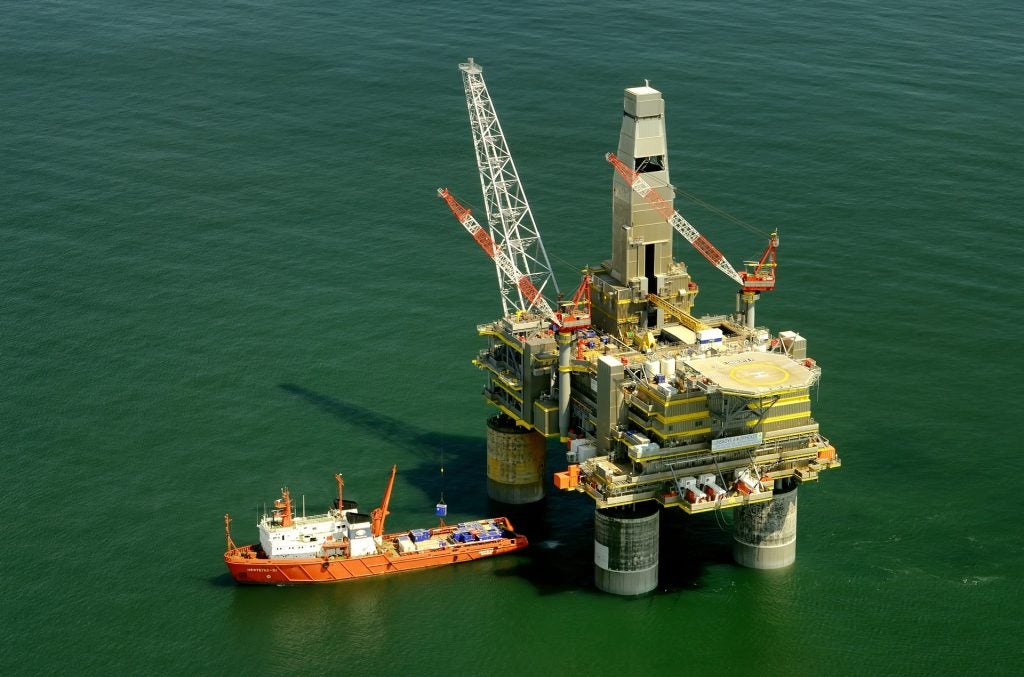Natural gas flaring is a prevalent problem in the oil and gas industry, with increased flaring in the last ten years. According to the International Energy Agency (IEA), extraction companies burned 150 billion cubic metres (bcm) of natural gas in the year 2019. This amount almost matches the total gas imported by Japan and Korea in the same year.
According to recent analysis from the World Bank's Global Gas Flaring Reduction (GGFR) Partnership, gas flaring resulted in almost 400 million tonnes of carbon dioxide (CO₂) equivalent emissions globally in 2021. It calculated that in 2022, flaring emitted 361 million tonnes of carbon dioxide and 39 million tonnes of CO₂-equivalent emissions in the form of methane, and soot, considerably contributing to global warming.
Demetrios Papathanasiou, global director for the Energy and Extractives Global Practice at the World Bank, said: "Climate change is one of the defining development challenges of our time. Ending the polluting and wasteful practice of gas flaring and decarbonizing oil and gas production, while also accelerating the transition to cleaner energy, is fundamental to mitigating climate change."
Not all top oil producers flare equally
According to the IEA flaring figures, almost half of the worldwide gas flaring in 2019 happened in four countries: Russia, the United States, Iraq, and Iran. These nations are also among the world's major oil producers, accounting for about 40% of global output. It said that only some of the world's top producers flare in enormous quantities. For example, Saudi Arabia flares at a tenth the intensity of Russia.
In 2021, the top ten flaring countries accounted for 75% of all gas flaring and 50% of world oil output. Russia, Iraq, Iran, the United States, Venezuela, Algeria, and Nigeria are seven of the top ten flaring nations that maintained this place consistently over the last ten years, the World Bank report said. The remaining three countries, Mexico, Libya, and China, have seen considerable increases in flaring in recent years.
In October, BBC News also discovered significant amounts of possibly cancer-causing chemicals in a few areas in Iraq near oil fields where gas flaring occurs. According to research, these fields have among the world's highest levels of unreported flaring.
World Bank pushes for flaring regulation
Companies such as BP, Eni, ExxonMobil, Chevron, and Shell pledged to the World Bank in 2015 to declare and eliminate regular flaring by 2030. The corporations assert that if they have partnered with another company to manage day-to-day operations, it is the other company's responsibility to disclose flaring emissions.
However, BBC News found hundreds of oil fields where operators do not register emissions, implying masses of false data from the relevant producers. Companies claim they flare for safety and maintenance reasons because selling or reusing the burned gas is not commercially viable. They also call this gas "waste" produced due to conducting regular oil and gas operations.
Flaring represents the simplest but most wasteful method of addressing excess gases. In a world that remains heavily reliant on natural gas, this squandering comes due to lax restrictions, inefficient flaring and venting tracking, and a lack of economic incentives to catch and sell the gas.
According to the UK’s North Sea Transition Authority (NSTA), gas flaring in the area over the last four years has been cut in half. Flaring accounts for around one-fifth of emissions from North Sea oil and gas production activities when surplus gas is burnt off, resulting mostly in carbon dioxide emissions.
Hedvig Ljungerud, NSTA director of strategy, said: “It is hugely encouraging to see the North Sea flaring cut in half in just four years, something the NSTA has made a priority. The industry also deserves credit for making this progress.”
An estimate of 935 bcm of gas extraction was associated with oil in 2019. The IEA found that operators used only 75% on-site, re-injected it into the well, or marketed it to consumers. Within the remaining 25%, 55 bcm was released into the atmosphere as methane and the remaining 150 bcm was flared. The agency’s estimates showed that the flared gas in 2019 was responsible for around 300 million tonnes of CO₂, roughly the same as annual emissions from Italy.
Government measures step in on flaring
The World Bank puts it bluntly: “Gas flaring results from market and economic constraints and a lack of appropriate regulation and political will.”
In June 2022, Denmark took measures to end flaring due to gas burning on drilling platforms in the North Sea unless necessary. The Danish government said it would introduce a ban on routine gas flaring to reduce the greenhouse gas emissions such as methane and CO₂. The country joined the World Bank’s Zero Flaring by 2030 initiative and the Global Methane Pledge Energy Pathway, which the US and EU led.
According to the pledge agreement draft reported by Reuters, the US and EU agreed to target the energy industry with both local and international measures, such as regulations prohibiting regular venting and flaring of natural gas. The agreement also required corporations to repair leaks in their infrastructure. The agreement would expand on a 2021 deal pushed by the US and EU to reduce methane emissions by 30% by 2030, compared to 2020 levels.
Danish climate minister Dan Jørgensen said in June 2022: "The climate crisis requires action on all fronts, and we, as one of the first in the world, have set an end date on oil extraction and gas. But we must also ensure that production takes place as efficiently as possible while it is still taking place, and that is why we have come up with this ban on the routine burning of gas.”
The NSTA states that operators have made significant technological expenditures to reduce flaring, namely flare gas recovery systems, which are anticipated to save up to 22 tonnes of flared gas per day.
Ending regular flaring at oil production facilities remains critical for lowering greenhouse gas emissions while conserving gas for useful uses. If governments across the globe want to see significant changes, they will have to regulate industrial emissions due to flaring and make stringent, effective policies covering flaring and its emissions.


